The main function of the AISG 2C+1P control cable distribution cable is to facilitate communication and power distribution for remote electrical tilt (RET) systems used in the field of antenna control. Its primary purpose is to enable the precise alignment and control of antennas, typically in the context of telecommunications infrastructure and networks. Here are the key functions of the AISG 2C+1P control cable:
Data Transmission: The two control conductors (2C) within the cable are responsible for transmitting data and control signals. These signals allow for remote monitoring and control of the antenna system, making it possible to adjust the tilt and position of antennas to optimize signal quality and network performance.
Power Distribution: The one power conductor (1P) in the cable is used to supply electrical power to the remote electrical tilt system. This ensures that the RET system has the necessary power to operate effectively, allowing for motorized adjustments and other control functions.
Simplified Installation: By combining data transmission and power distribution into a single cable, the AISG 2C+1P control cable simplifies the installation process. It reduces the need for multiple cables and connectors, making the setup more efficient and cost-effective.
Remote Control: The cable enables remote monitoring and control of antenna systems, reducing the need for manual adjustments and on-site visits. This remote control capability is particularly valuable in situations where antennas are located in remote or difficult-to-access locations.
In summary, the main function of the AISG 2C+1P control cable distribution cable is to serve as a communication and power distribution link between control units and remote electrical tilt systems, allowing for the precise alignment and control of antennas in various applications, primarily in the telecommunications and industrial automation sectors.
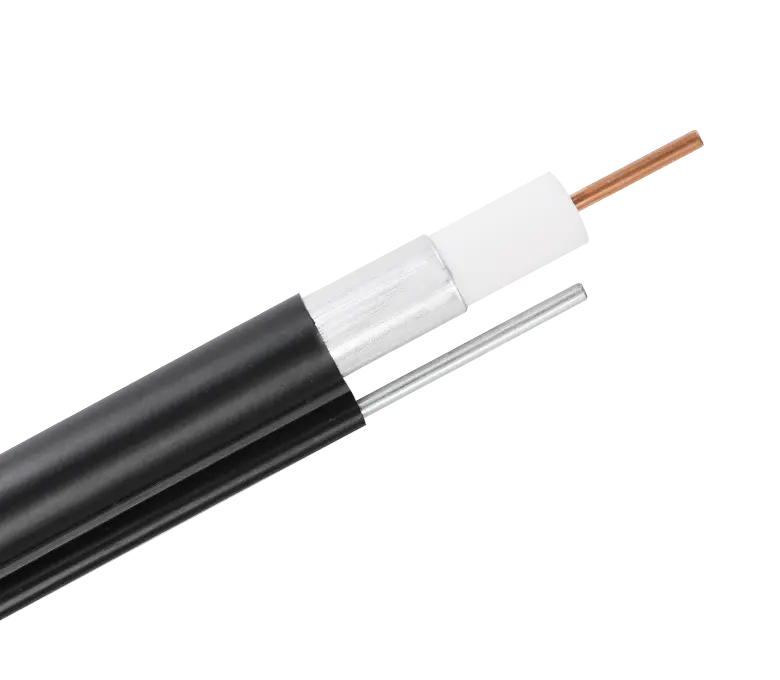
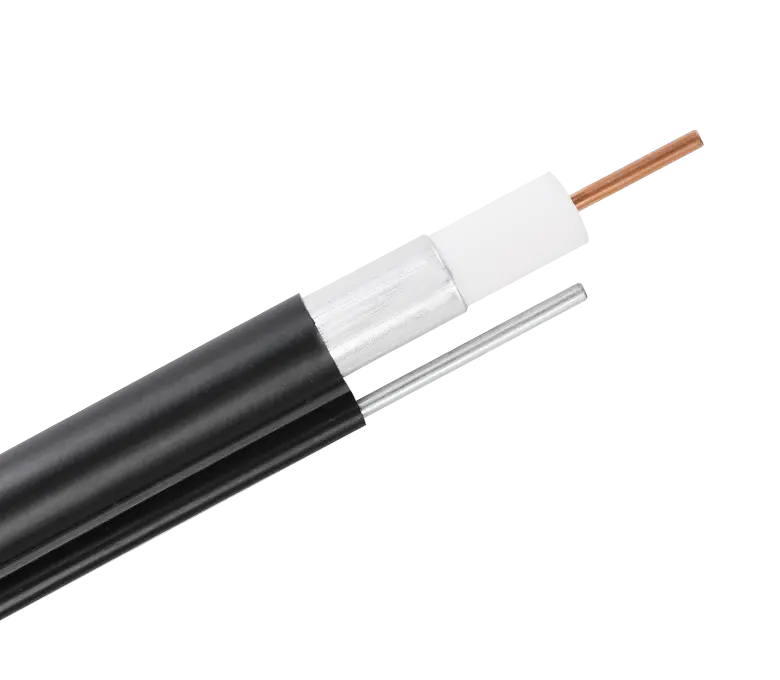
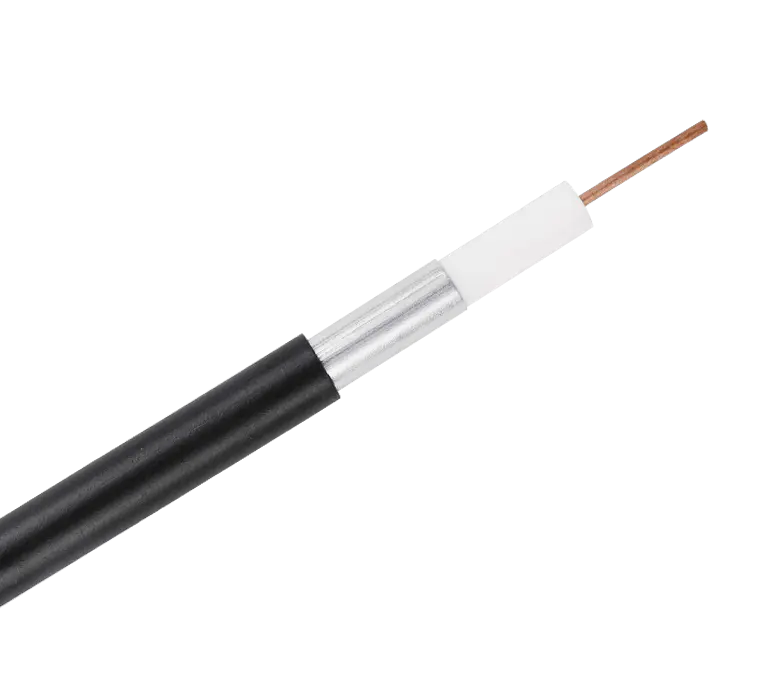
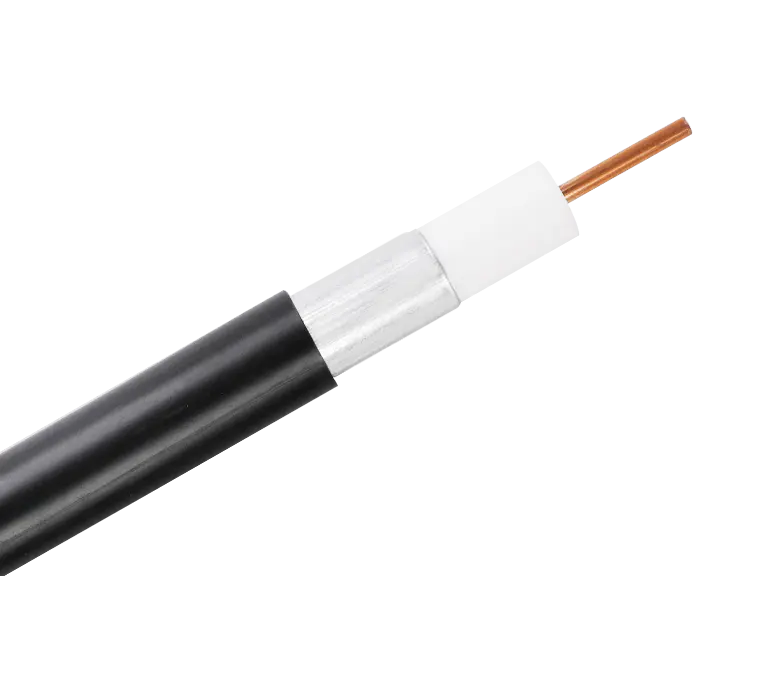
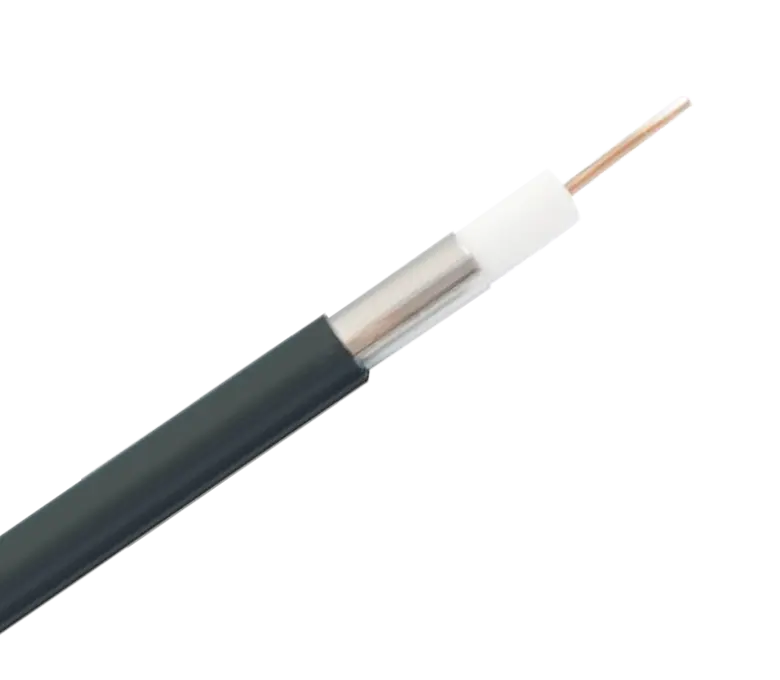
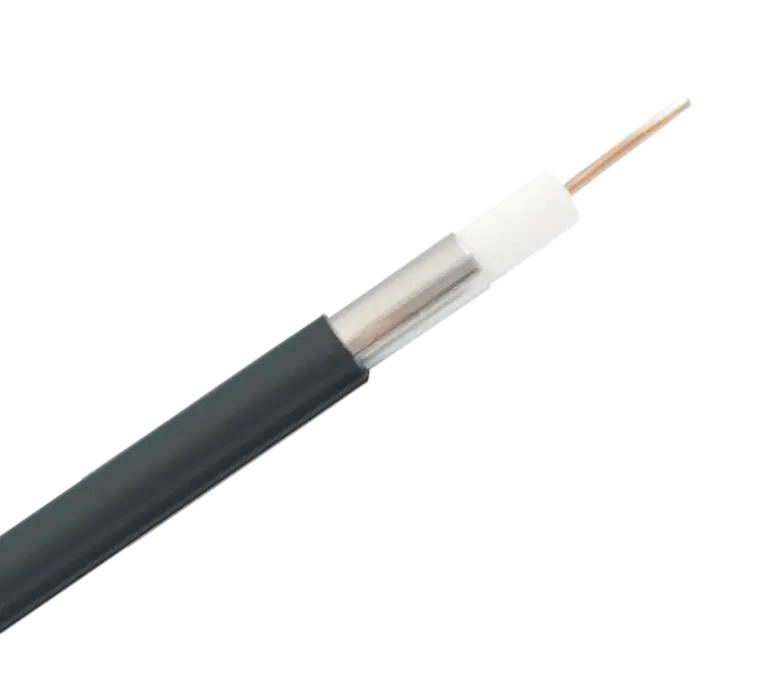
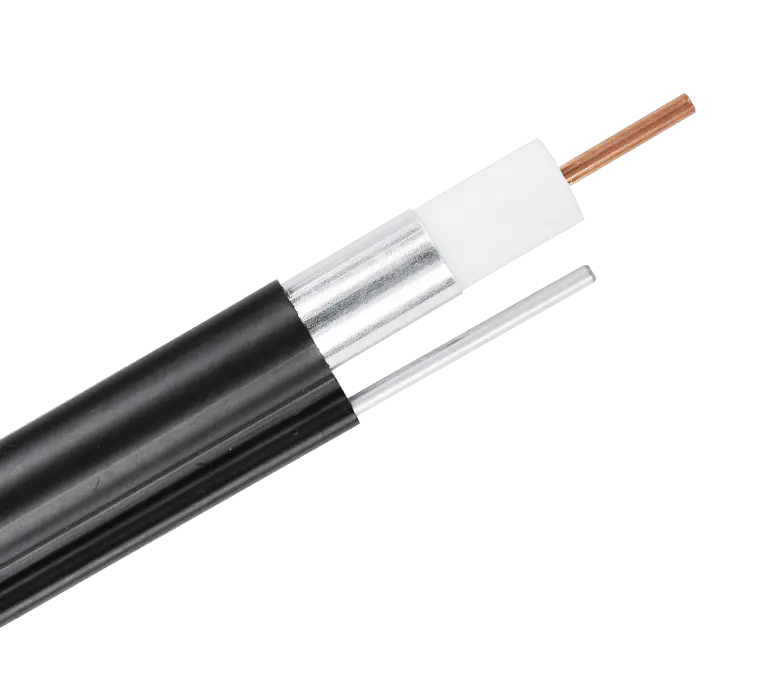
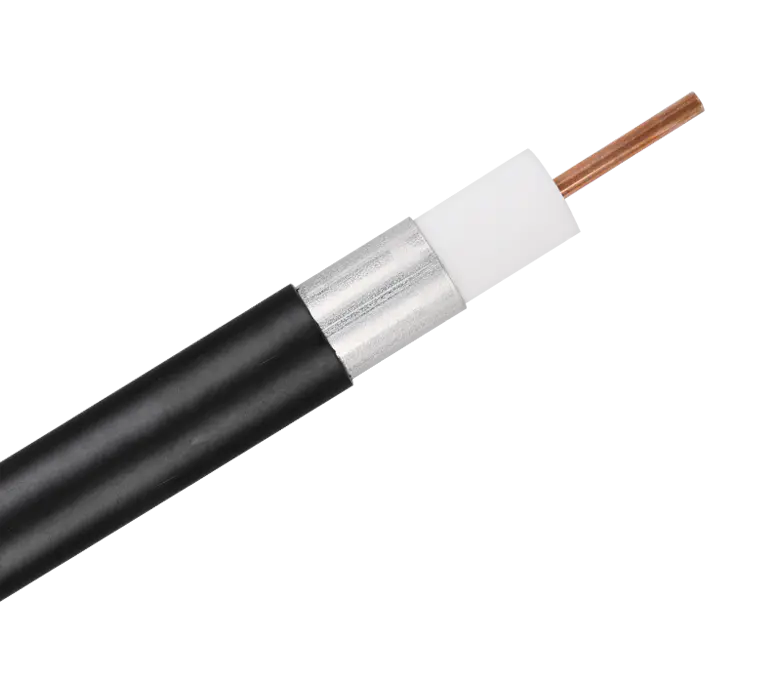
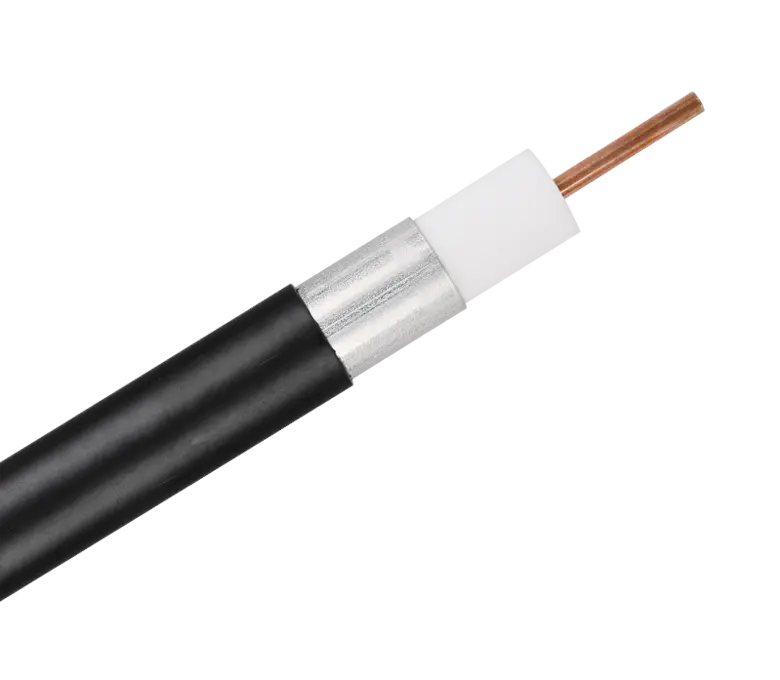
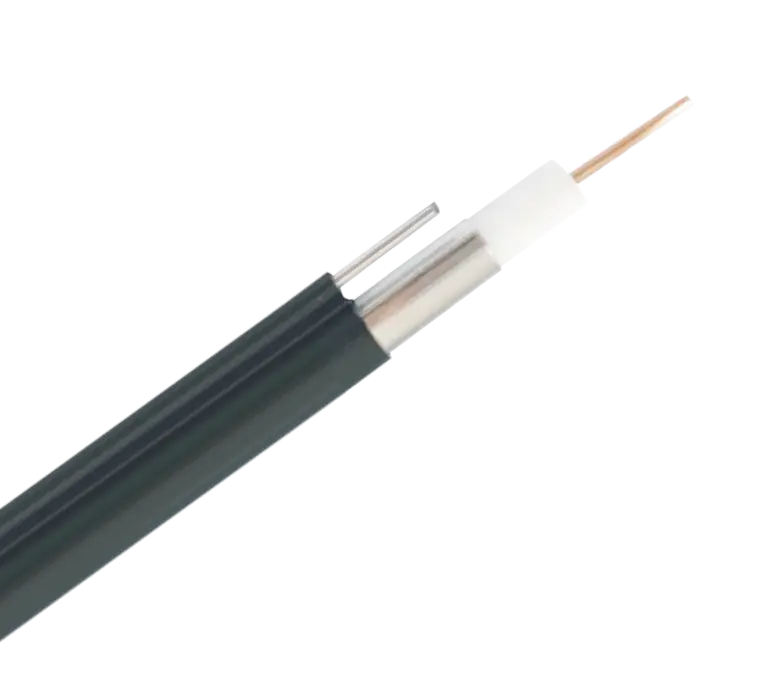
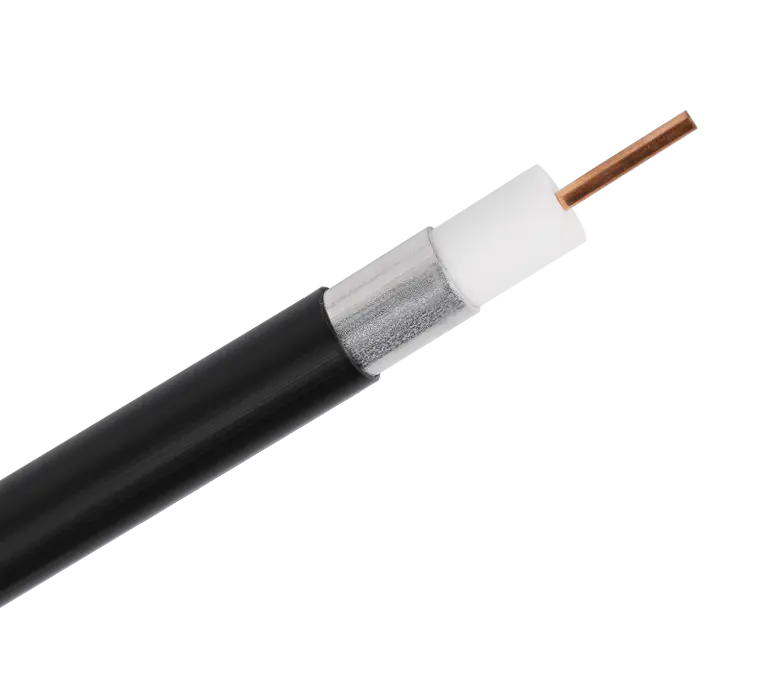
 浙公网安备33018502001191号
浙公网安备33018502001191号